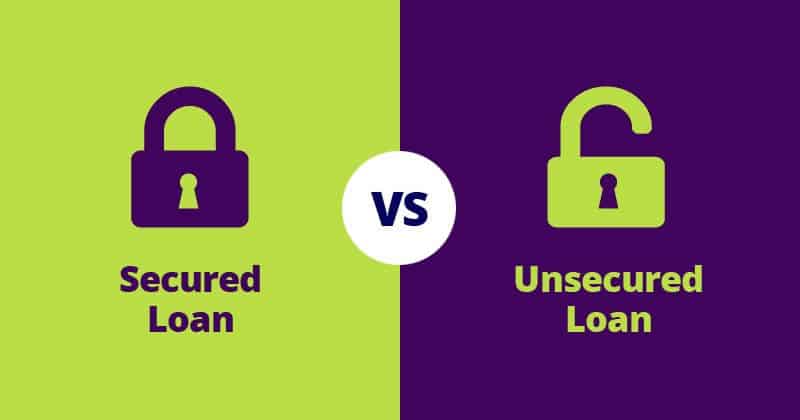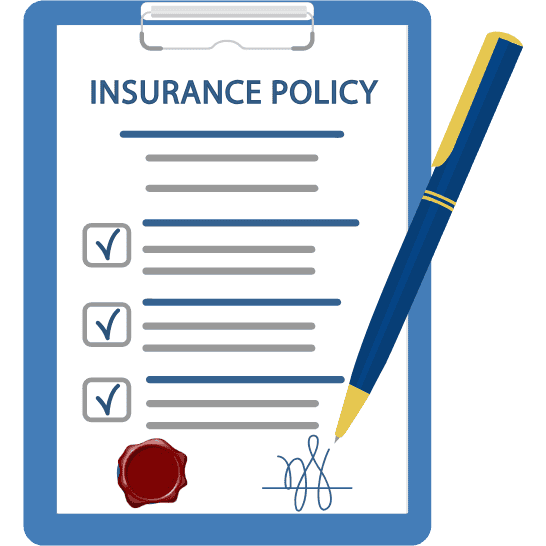When it comes to borrowing money, there are generally two categories that lenders use to classify loans: secured loans and unsecured loans. Understanding the differences between the two can help you make more informed decisions when applying for financing. Each type of loan has its own set of characteristics, benefits, and risks for both borrowers and lenders.
In this article, we will delve into what secured loans and unsecured loans are, how they work, their advantages and disadvantages, and provide real-world examples for better understanding.
What Is a Secured Loan?
A secured loan is a type of loan where the borrower pledges an asset as collateral to the lender. This collateral serves as a security for the loan, reducing the lender’s risk in case the borrower defaults on repayment. In the event that the borrower is unable to repay the loan, the lender has the right to seize the pledged asset in order to recover the amount owed.
Characteristics of Secured Loans:
-
Collateral Requirement: The key feature of a secured loan is the need for collateral. The asset used as collateral could be anything of value, such as property, a car, or savings.
-
Lower Interest Rates: Because the loan is secured by collateral, lenders are at a lower risk of financial loss, which allows them to offer lower interest rates compared to unsecured loans.
-
Higher Loan Amounts: Secured loans often come with higher borrowing limits due to the security provided by the collateral.
-
Longer Repayment Terms: Since the risk is lower, lenders might offer longer repayment terms for secured loans.
Examples of Secured Loans:
-
Mortgage Loans: One of the most common examples of a secured loan is a mortgage loan. When you take out a mortgage to buy a home, the house itself serves as collateral for the loan. If you fail to make payments, the lender can seize the property through a process called foreclosure.
-
Car Loans: A car loan is another example of a secured loan. In this case, the vehicle you purchase is used as collateral. If you default on the loan, the lender can repossess the car to recover their money.
-
Home Equity Loans: A home equity loan is a loan where you borrow against the equity (value) in your home. The house serves as collateral, and if you fail to repay, the lender can foreclose on your property.
-
Secured Credit Cards: In some cases, individuals with poor or limited credit history may opt for a secured credit card. To secure the credit limit, the borrower must deposit an amount of money with the credit card issuer, which serves as collateral.
Pros of Secured Loans:
-
Lower Interest Rates: Since secured loans are less risky for the lender, they often come with more favorable interest rates.
-
Easier to Qualify For: Borrowers with poor credit may have a better chance of being approved for a secured loan, as the collateral reduces the lender’s risk.
-
Higher Borrowing Limits: You may be able to borrow a larger sum of money than you would with an unsecured loan.
Cons of Secured Loans:
-
Risk of Losing Collateral: The most significant risk with secured loans is the possibility of losing the asset you used as collateral if you fail to repay the loan.
-
Longer Approval Process: Secured loans typically require a more extensive approval process, as the lender needs to assess the value of the collateral.
What Is an Unsecured Loan?
An unsecured loan is a loan that is not tied to any asset or collateral. Instead, the lender provides the loan based on the borrower’s creditworthiness, income, and other financial factors. Since there is no collateral to secure the loan, unsecured loans are considered riskier for lenders, which is reflected in the higher interest rates and stricter qualification criteria.
Characteristics of Unsecured Loans:
-
No Collateral: Unlike secured loans, unsecured loans do not require the borrower to pledge any assets. The lender depends on the borrower’s credit history and financial situation to determine loan eligibility.
-
Higher Interest Rates: Due to the lack of collateral, unsecured loans generally carry higher interest rates. This is because the lender assumes more risk in providing the loan.
-
Lower Loan Amounts: Unsecured loans tend to have lower borrowing limits since there is no collateral to back up the loan.
-
Shorter Repayment Terms: Unsecured loans often come with shorter repayment periods compared to secured loans.
Examples of Unsecured Loans:
-
Personal Loans: A personal loan is a common example of an unsecured loan. Borrowers can use the loan for various purposes, such as consolidating debt, paying for home renovations, or covering unexpected expenses. The lender does not require any collateral, but the borrower’s credit score and income play a significant role in the approval process.
-
Credit Cards: Credit cards are unsecured revolving loans. Cardholders borrow money up to a specified credit limit, and they can repay the balance over time. If the borrower defaults, the lender cannot seize any property but may take legal action or report the default to credit bureaus, impacting the borrower’s credit score.
-
Student Loans: Federal student loans are a form of unsecured loan typically used to pay for educational expenses. Since there is no collateral, the loan approval is based on the student’s financial need and their ability to repay after graduation.
-
Medical Loans: Some financial institutions offer medical loans to help cover healthcare costs. These loans are unsecured and are granted based on the borrower’s financial standing.
Pros of Unsecured Loans:
-
No Risk to Assets: Since unsecured loans do not require collateral, you won’t risk losing your property if you fail to repay.
-
Quick Approval: The approval process for unsecured loans is typically faster because there is no need for appraisals or assessments of collateral.
-
Flexibility: Unsecured loans are often more flexible in terms of how the funds can be used, allowing borrowers to meet a wide variety of financial needs.
Cons of Unsecured Loans:
-
Higher Interest Rates: The lack of collateral means that lenders charge higher interest rates to offset the increased risk of lending.
-
Stricter Qualification Requirements: Since unsecured loans are riskier for lenders, borrowers often need a good credit score and a stable income to qualify.
-
Lower Loan Amounts: Borrowers may not be able to access as much money as they could with a secured loan.
Key Differences Between Secured and Unsecured Loans
| Feature |
Secured Loan |
Unsecured Loan |
| Collateral |
Requires an asset to secure the loan |
No collateral required |
| Interest Rates |
Typically lower |
Higher due to higher risk |
| Approval Process |
Often requires an appraisal of the collateral |
Faster approval process |
| Loan Amount |
Higher loan amounts available |
Loan amounts are typically lower |
| Risk for Borrower |
Risk of losing collateral if loan is not repaid |
No risk of losing assets |
| Qualification |
Easier for those with poor credit |
Requires a good credit score |
Conclusion
Both secured and unsecured loans have their unique advantages and drawbacks, and the right option for you depends on your financial situation and borrowing needs. Secured loans are ideal for those who have valuable assets and need to borrow larger sums of money at lower interest rates, while unsecured loans offer greater flexibility and faster approval times without the risk of losing assets. Understanding the differences between these two types of loans is crucial in making the best financial decision for your personal circumstances.


